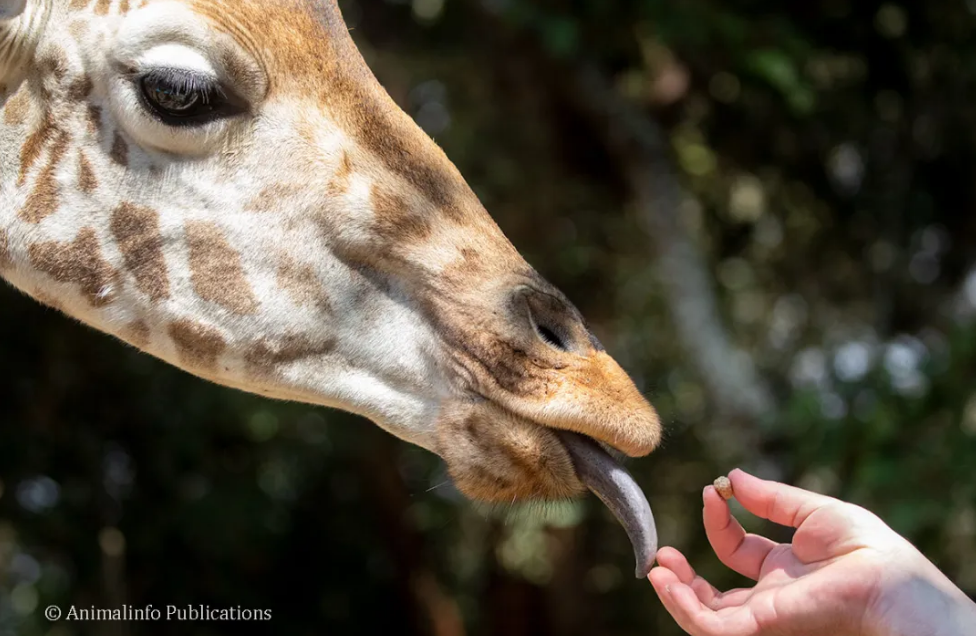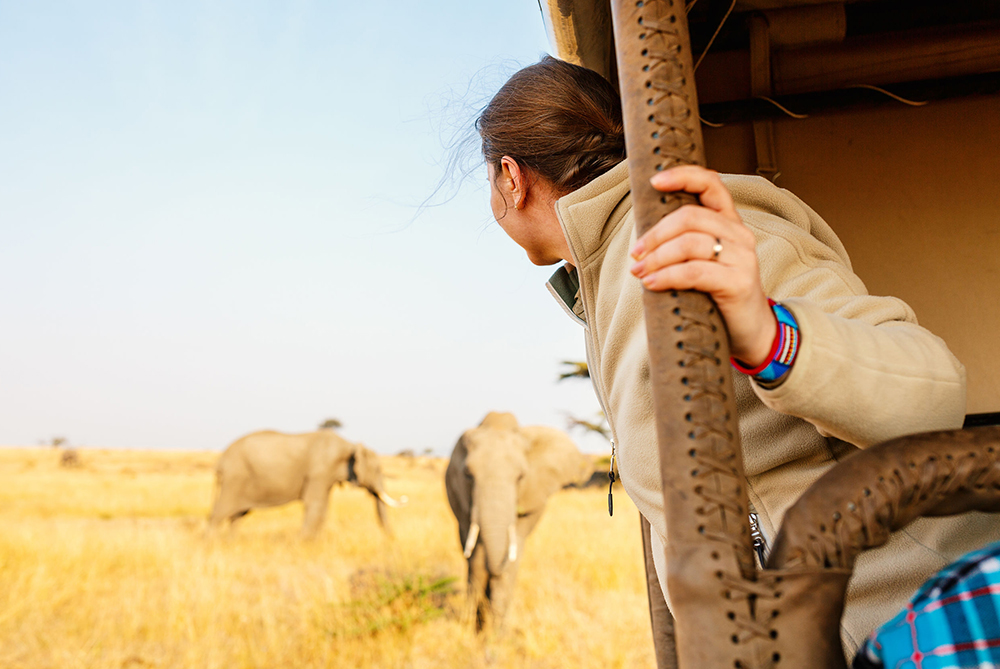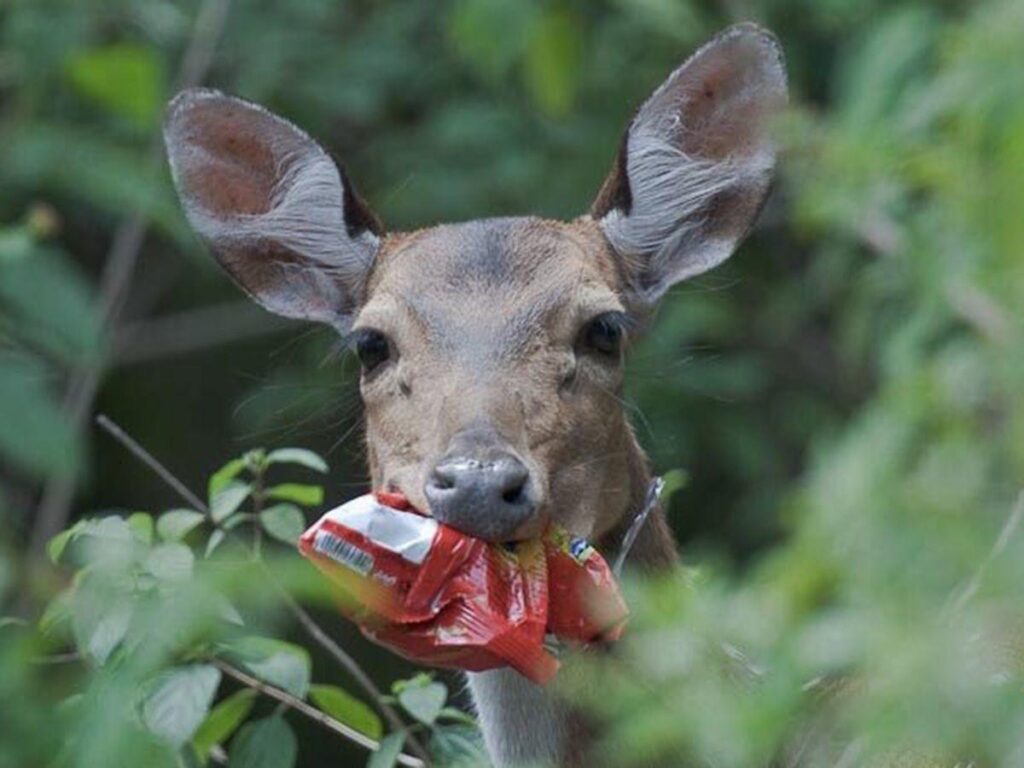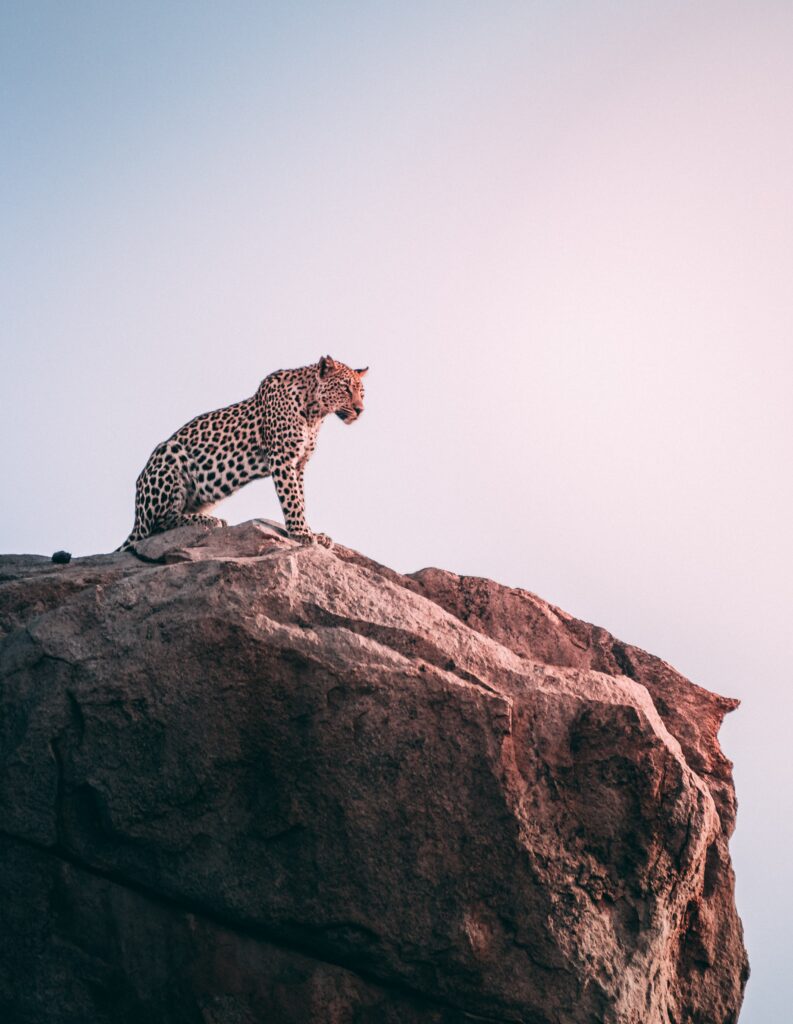Some people travel for history, others for culture, and others for the taste of food, still others crave for wildlife experience. They love to see different animals in their natural habitats. It is logical to care for what we love. Here are few tips you could show your care for them and make your wildlife tour sound and ethical.
Keep your distance
Wild animals have their own territory that should be respected.In this smart world selfies became popularposting photo with incredible wild animal and promoting ones action. One with this kind picture post will surely get a lot of likes on social media, but for the animal, its life is nothing to like.For your own safety and the well-being of the wild animals, it is highly recommended to keep reasonable distance.
Take only memories
Don’t take out anything from the wild except your memories. Taking anything as small as birds’ feather to animals themselves is strictly forbidden. Just enjoy them as they are in their natural setting.
Don’t feed wild animals

In addition to keeping a reasonable distance, one of the best things you can do to prevent undesirable wildlife impact is to keep your food to yourself.It’s illegal to approach, harass, or feed any type of wildlife in national parks no matter what size it is, no matter how harmless or safe they appear.Feeding wild animals causes to lose their real natural behavior.The may approach people demanding food whenever they see them. This is because when animals come to associate humans with food, it can create situations that put both parties at risk.
Tread lightly
Be aware that large crowds and unnatural noises cause distress, especially for animals that have experienced fear-based training, separation from mothers at birth, or other traumas. Try not to disturb their comfort. After all you are a guest. A guest live by the rule of the hosts!
Keep it Wild

Seek experiences that offer observation of animals engaging in natural behaviors in natural environments. It starts from putting on clothes which resembles the place or at least avoid clothes of bright color which help not to attract or provoke animals. Reduce unnecessary sound and routes.
Keep it clean

One of the ways we human threaten the wildlife is by polluting their natural habitats. Refrain from litter within the premise of the parks unless there is a proper disposing site. It is highly advised to use reusable water bottles, paper bags and other items during the entire vis
Be aware of your surrounding
It is very important to always be conscious of our surrounding-the ground we step on, the trees we stand near; the stone we squat on, and everything else. We human have more responsibilities to maintain animals’ habitats undisturbed as we are rational creature. This is also good to protect ourselves from any unnoticed and unexpected animal attacks which may come as a response to unintended breaking into their territories.
Listen for your guide (look for rules)
Wildlife tourism destinations sometimes have their own new rules based on the nature of the areas and the wildlife. Whenever you go to new destination, it is important to be clear with the rules and regulations of the destinations. The tour guide’s role in familiarizing you with them is indispensable.





